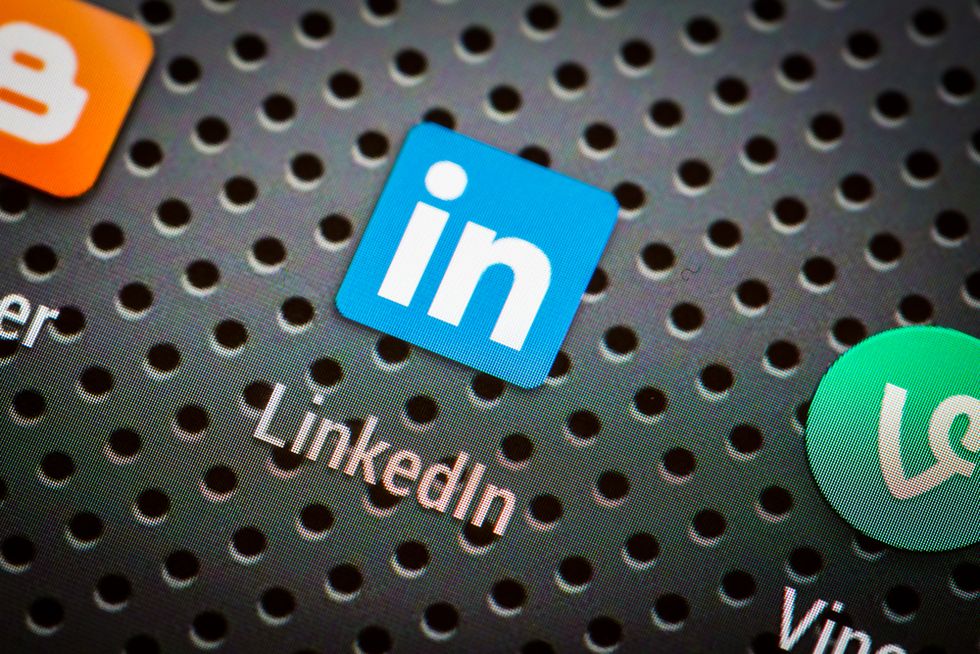
This article was written by Victoria LoCascio, president of Ace Your Interview, on behalf of the Happy Grad Project.
The happiest grads are those with a well-paying, full-time career in an industry that matches their interests and expertise. Many graduates believe this is reserved for the elite few: those with exceptional grades, excellent interviewing skills, and better luck than the rest of the crowd. However, with the right approach, job success is a viable option for everyone.
Related:How To Take Advantage Of LinkedIn College Alumni Pages
Harnessing the power of LinkedIn is an excellent place to start. LinkedIn—with more than 300 million networkers and job seekers—is the definitive place to find a job, make connections, and be found by hiring managers and recruiters.
Visibility
Thousands of hiring people use targeted searches on LinkedIn to locate quality candidates. A recruiter inputs the appropriate keywords and required skills for an open job position into the LinkedIn search engine, and the system produces a list of the most relevant and promising candidates. The higher your profile appears on this list, the more likely you’ll be contacted for an interview. If your profile isn’t on the first few pages, you won’t be noticed. Additionally, your profile won’t appear on this candidate list at all if you are not part of the recruiter’s LinkedIn network. To ensure that your profile appears in front of the right people, you need to: (1) be connected to a diverse group of professionals, and (2) have a strong profile that ranks highly in searches. Here are some practical LinkedIn strategies to improve your profile:Connections And Endorsements
The larger your network, the better your chances of being discovered online by recruiters and hiring managers. LinkedIn displays how many connections your profile has until you reach 500, and then it shows 500+, so it is essential to have over 500 connections to give the right impression. Ask family members and friends to connect with you, and join LinkedIn groups because group members become part of your third-level network. Aim for an expansive network of more than 1,000 diverse connections to help your profile appear in a wide range of search results. Endorsements are important as well. Your connections can endorse the skills that you have listed on your profile, and since the ‘Skills’ section is heavily weighted for search engine purposes, it is vital that you have many endorsements. If you quickly want to give your profile a boost, then the company Ace Your Interview can help by adding more than 500 connections and 200 skills endorsements to your profile within 7 days. They can also assist with online credibility, as it is imperative that the connections and endorsements you receive are from professionals in the United States who are not LinkedIn Open Networkers (LIONs).Search Engine Optimized
Candidate searches on LinkedIn use algorithms to determine the most relevant profiles based on the keywords inputted by the recruiter. Adding appropriate keywords to your profile will help LinkedIn to recognize it as ‘relevant,’ thereby increasing your visibility and ranking in search results. Stuck for what keywords to use? Look at 10 job ads that relate to the position you want, and identify the significant keywords used. If you discover an essential keyword that is lacking from your current profile, use your ‘Interests’ section to insert it into your profile for search engine purposes. Pay extra attention to the 3 most heavily weighted areas on your profile:- Headline: Sell yourself in 120-characters by using keywords and talking about the value you offer. Unemployed? Include your desired job title in your headline to help with search ranking.
- Job Titles: If you’ve opted for a creative title, such as ‘Sales Guru,’ change it to a factual title, such as ‘Sales Manager,’ which will help alignment with common search terms. If unemployed, do not list ‘Looking for a job’ as your title, as this looks unprofessional. Instead, fill this space on your profile by starting your own company or professional blog, doing freelance work or performing volunteer work in your desired area.
- Skills: There is room for 50 skills, but listing 50 can appear unfocused. Include the top 10 skills required for your industry and make sure these skills are endorsed by many of your connections as this area is heavily weighted by the LinkedIn system.

 Bigstock
Bigstock Bigstock
Bigstock Bigstock
Bigstock


